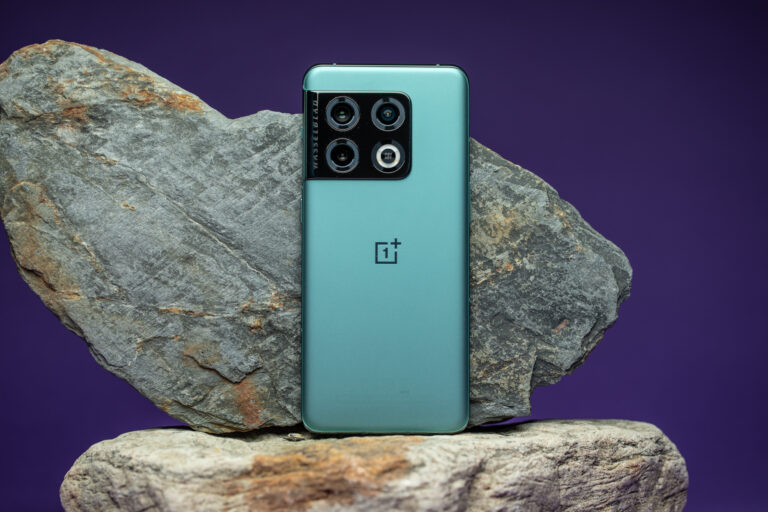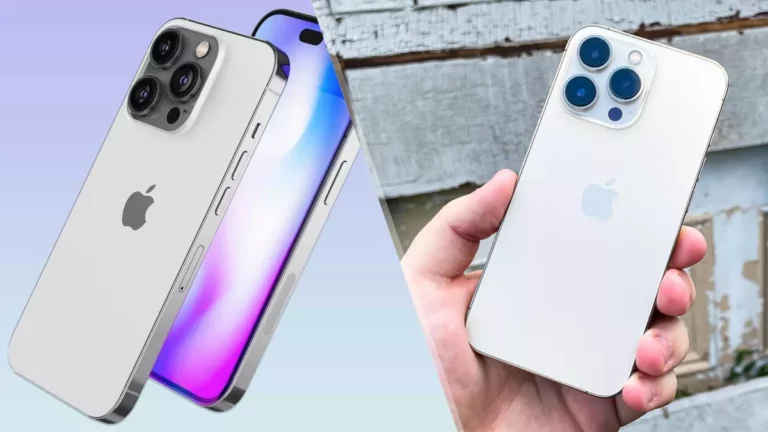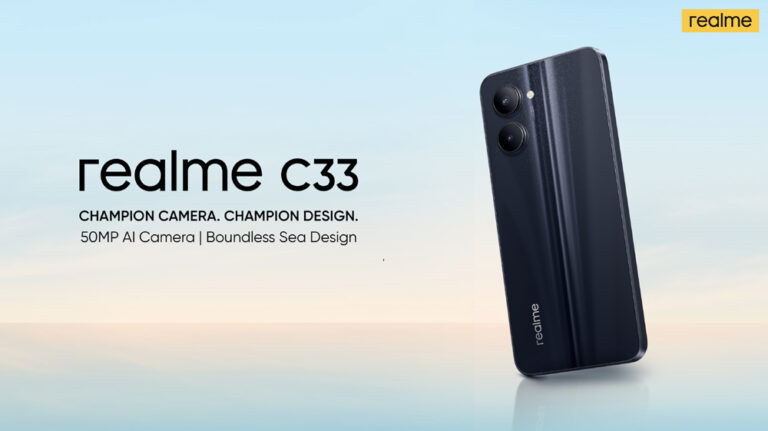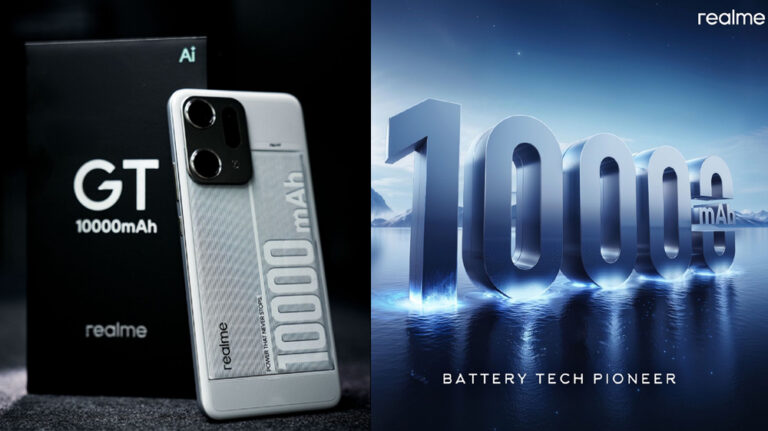Exploring the World of Titanium with Apple’s iPhone 15 Pro Max
In the world of technology, innovation knows no bounds. Apple, renowned for its cutting-edge devices, has once again left enthusiasts awestruck with its latest creation, the iPhone 15 Pro Max. But what sets this new smartphone apart from the rest? It’s the use of titanium, the coolest metal on the planet, that has everyone talking.
Titanium, once a staple in medicine and space exploration, now resides in our pockets as part of the iPhone.
The journey begins with the knowledge that not all titanium is created equal. There are different grades, with Grade 1 being the most affordable and Grade 5 boasting exceptional strength. Apple surprised us all by using Grade 5 titanium on the iPhone 15 Pro Max, elevating its durability and allure.
As the exploration delves deeper into the world of titanium, it becomes apparent that this metal isn’t just about looks. It’s about substance. A simple comparison with aluminum, the traditional choice for smartphones, reveals the stark contrast in cost. A piece of titanium the size of a notepad can cost over a hundred dollars, and that’s just the beginning.
Imagine crafting a phone out of this precious metal. The numbers quickly escalate to thousands of dollars, even before considering the complex process of shaping and milling Grade 5 titanium. It becomes evident that Apple isn’t in the business of making negative profits.
One fascinating aspect of titanium is its reaction to extreme heat. As it gets torched, it transforms into a predictable spectrum of colors, from yellow to purple, blue, and back to gray. This unique characteristic is a testament to its authenticity.
But enough talk about the metal; let’s unbox the iPhone 15 Pro Max and see what it’s made of. Inside the box, one finds the phone itself, clad in a mesmerizing blue titanium finish. Instead of the familiar Lightning cable, Apple surprises users with a braided USB-C cable, setting the stage for the future of device connectivity.
The phone feels substantial, thanks to the brushed titanium and etched back glass. However, the shade of blue, while attractive, doesn’t quite match the genuine blue titanium. Nevertheless, Apple claims that the screen is protected by the strongest glass ever seen on a smartphone, aptly named the “ceramic shield.”
Testing this claim, the dual ion-exchange ceramic shield does indeed exhibit remarkable scratch resistance. It’s no pushover, scratching only at level 6 on the Mohs scale, with faint marks at level 7. Apple has clearly taken steps to enhance durability without compromising aesthetics.
Moving to the phone’s sides, Apple employs a Physical Vapor Deposition (PVD) coating, a process that provides an ultra-thin, protective layer to the titanium. While most of the surfaces are scratchable, the 5G antenna slot stands as an anomaly, seemingly impervious to scratches.
The power button, top, and left sides, however, are susceptible to scratches, emphasizing the need for careful handling of this elegant device. It’s revealed that Apple spent a staggering 14 hours applying this finish, which is undone by a simple swipe of a Jerry rig knife in seconds.
Notably, the iPhone 15 Pro Max features a USB 3 port with 10 gigabit transfer speeds, a significant upgrade from the USB 2 port found on the regular iPhone 15. This change indicates Apple’s commitment to staying at the forefront of technological advancements.
Flipping the phone over, users see a 48-megapixel main camera, a 12-megapixel 5x Tetra prism telephoto lens, and a 12-megapixel ultrawide lens. These lenses offer not only exceptional photography but also the capability to generate spatial video by working together, a feature reminiscent of Android devices from years past.
Apple claims that the back glass panel is easily removable for repairs, a welcome move towards repairability. However, it’s revealed that the internal frame of the iPhone 15 Pro Max is made from 100% recycled aluminum, contrasting with the solid Grade 5 titanium exterior. This revelation sheds light on the structural integrity of the device.
With a 6.7-inch OLED display, 2,000 nits of outdoor brightness, and a 120Hz refresh rate, the iPhone 15 Pro Max impresses in terms of visual prowess. Its durability is further tested, as it endures extreme temperatures without flinching. However, a surprising twist awaits during the bend test.
Unlike its predecessors, the iPhone 15 Pro Max exhibits an unexpected fragility when subjected to bending forces. This unforeseen vulnerability raises questions about the balance between elegance and robustness in Apple’s design.
In conclusion, the iPhone 15 Pro Max introduces enthusiasts to a world of titanium, combining strength and aesthetics in a sleek package. Apple’s innovative use of this remarkable metal sets a new standard for smartphone materials. However, the device’s unexpected vulnerability to bending forces leaves users pondering the trade-offs in pursuit of sophistication.
As the world witnesses the evolution of technology, it remains fascinated by the relentless pursuit of excellence in the world of smartphones. Apple’s iPhone 15 Pro Max, with its titanium frame, challenges the status quo and invites users to explore the endless possibilities of innovation.
So, as users embark on this journey with Apple’s titanium marvel, one question lingers: Are we ready to embrace the future of technology, where strength and elegance coexist in perfect harmony?







